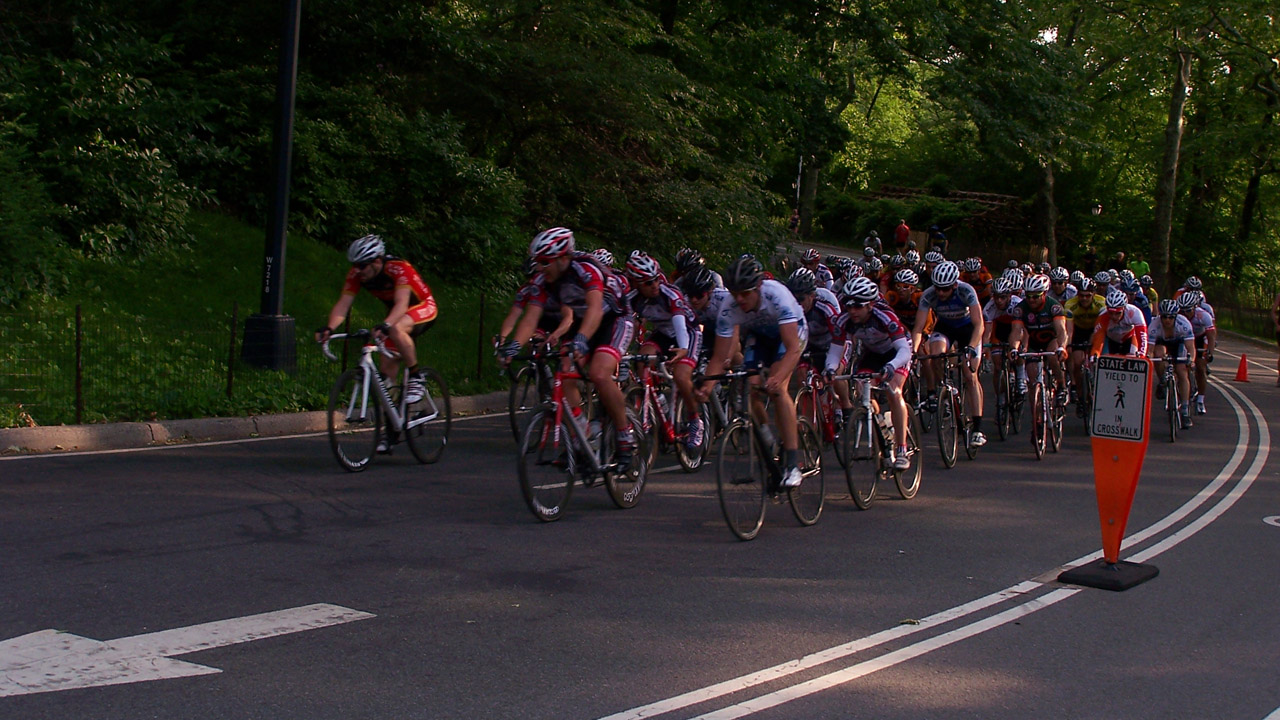In lieu of the exceedingly rare, but highly publicized death of a pedestrian killed by a cyclist, the New York Times dropped into Central Park this weekend with a radar gun in to to clock just how fast (or slow) bikes are moving. According to the paper of record, the “fastest cyclist…was moving at 23 miles per hour, two m.p.h. below the posted speed limit,” or 3 m.p.h. faster than what a misguided traffic safety group thinks cyclists should travel.
Now of course there are plenty of cyclists decked out in pro gear who go faster than the posted 25 m.p.h speed limit — especially on downhill sections of the park — but as the data shows, fatal collisions between people on bikes and pedestrians is a very infrequent. Some have even argued that poor design of the park is culpable in some of these crashes, which for the most part, don’t require triage:
The city does not keep a tally of the number of collisions between cyclists and pedestrians in Central Park, most of which are thought to be too minor to involve an ambulance.
Keep in mind, during the week, when the park drives are open to cars, cyclists and other non-vehicular users of the park are relegated to a skinny strip of bike lane compared to their driving counterparts, and so it’s kind of amazing that there’s not more collisions, considering how trafficked the roadways in the park are.
Despite the statistics, the NYPD was out in full force last week and gave out a mind boggling 103 tickets to cyclists, a move that was obviously motivated more by political optics than actual threats to general safety.
One of the real issues, both on the streets and in the park is clueless pedestrians, who traipse along, with their heads down, immersed in their smart phones. And of course cars.
Speaking of which, two pedestrians were killed by motor vehicles in unrelated incidents within a few hours of each other, yet there was no ticket blitz by the NYPD and 103 drivers certainly weren’t cited.
(Photo: Charles Smith)






